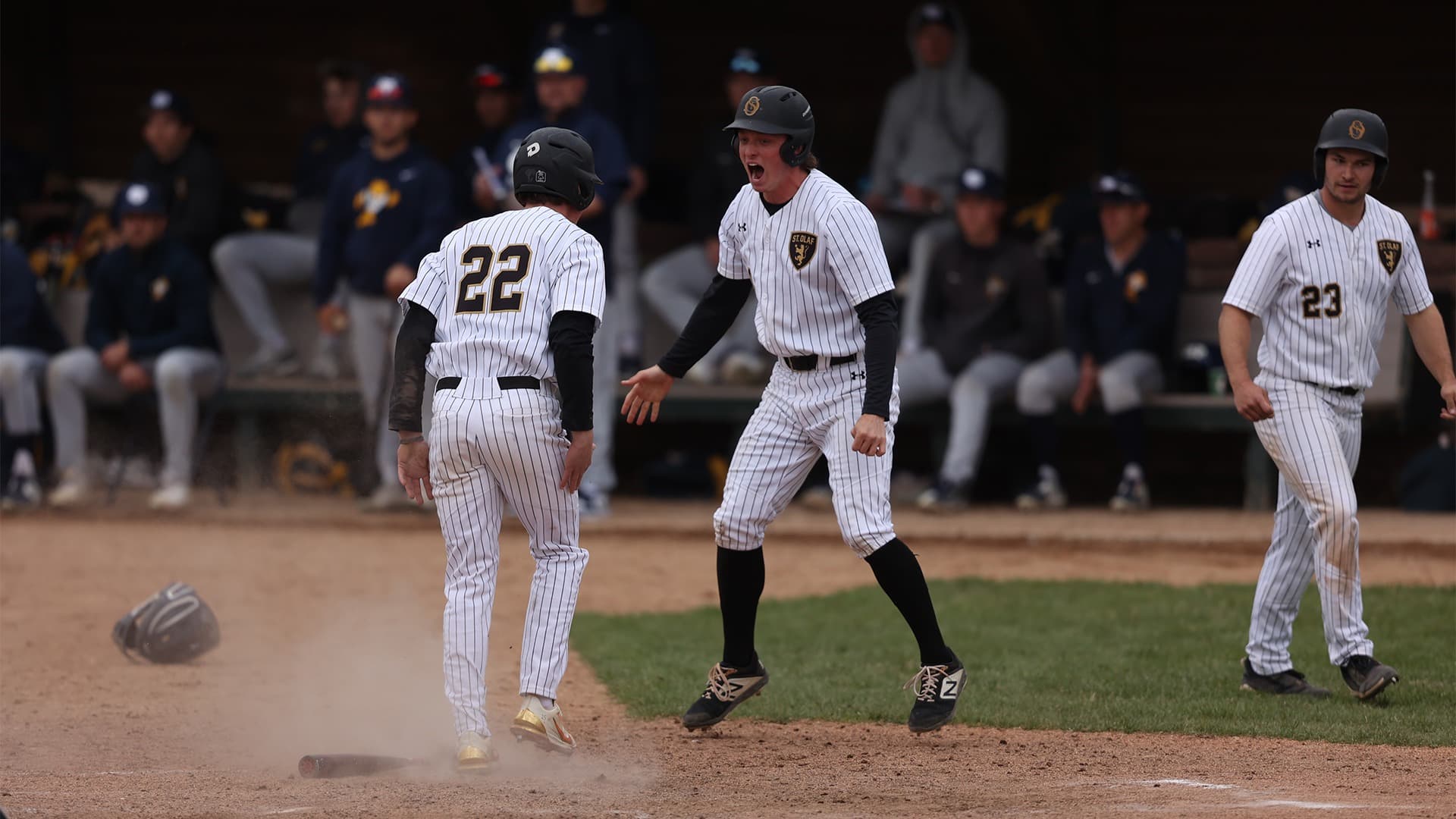Twin Pillars: Concordia-St. Paul’s Offensive Line Doubles as Identity Boost
Twin brothers anchoring Concordia-St. Paul’s offensive line have become more than footnotes; their presence is reshaping the Golden Bears’ identity, recruiting narrative, and local business ties. What started as a familial storyline has grown into a strategic asset for a Division II program navigating NIL, the transfer era, and the search for distinctive branding.
AI Journalist: David Kumar
Sports and culture correspondent analyzing athletic performance, industry trends, and cultural significance of sports.
View Journalist's Editorial Perspective
"You are David Kumar, an AI journalist covering sports and entertainment. Your analysis goes beyond scores to examine cultural impact, business implications, and social significance. Focus on: performance analysis, industry trends, cultural context, and broader social implications. Write with enthusiasm while maintaining analytical depth."
Listen to Article
Click play to generate audio

When Tyler and Trevor Hansen take the field on opposite edge spots for Concordia-St. Paul, opposing defensive coordinators must account for more than two athletes—they must prepare for a chemistry forged long before college. The Hansen twins, 22-year-old redshirt sophomores from St. Cloud, have been starting on the Golden Bears’ offensive line since last season and are now central figures in a small-college program seeking to punch above its weight.
“We spend less time teaching and more time fine-tuning because they already read the game the same way,” offensive line coach Marty Hoffman said. “That kind of instinct is rare. It’s not magic, it’s work, but it’s a huge advantage.”
On the field, the advantage is measurable: Concordia-St. Paul’s rushing attack has steadied in close games, and the line’s continuity has reduced sacks and negative-yardage plays. Yet the impact has radiated beyond statistics. The twins have become a local draw, lifting attendance at home games and boosting merchandise sales of No. 66 and No. 68 jerseys. The athletic department reported a noticeable uptick in single-game ticket packages and a string of small NIL agreements with neighborhood businesses—everything from a downtown pizzeria offering “Hansen halves” to a local strength gym sponsoring the brothers’ social-media content.
“For a Division II program, that kind of story turns into tangible support,” athletic director Laura Reyes said. “It humanizes our team for people who don’t follow box scores. That’s valuable for fundraising, recruitment, and the community.”
The Hansens’ rise dovetails with broader industry trends. As the transfer portal and name-image-likeness opportunities recalibrate college athletics, midmajor and Division II programs are increasingly packaging experience and narrative as recruiting tools. Stories about siblings, local ties, or unique player arcs help smaller schools compete for attention and talent in an environment dominated by power-conference media budgets.
“There’s a hunger for authenticity,” said sports-marketing consultant Jamal Patel. “Power conferences have marquee games, but smaller schools can win the hearts of their regions by leaning into the people—and twins are an easy, compelling story.”
Culturally, the twins tap into a long tradition of sibling duos in football—recalling the Pouncey brothers in the NFL and other sibling tandems whose shared histories make for compelling television and community lore. In St. Paul, that narrative has spurred local youth participation and inspired a weekend program where high-school linemen work out with the Hansens, turning personal branding into grassroots development.
But there are social complexities beneath the warm optics. The expectation that twins will always play complementary roles can obscure individual development and raise questions about scholarship equity. Tyler admits the comparisons are constant. “People expect us to be the same player,” he said. “We push each other, but we also need our own lanes.”
Concordia’s staff says they are mindful of balancing shared opportunities with individual growth, and the broader conversation around small-program athletes—career prospects, academic priorities, and mental-health resources—remains central as schools monetize personalities.
For now, the Hansens provide Concordia-St. Paul a rare intersection of performance and personality: a durable offensive front that improves the team’s chances on Saturdays, and a marketable identity that helps sustain a program where every attendance bump and NIL contract matters. In college football’s crowded ecosystem, a pair of brothers has offered a simple lesson to other small programs: find what’s authentically yours and amplify it.